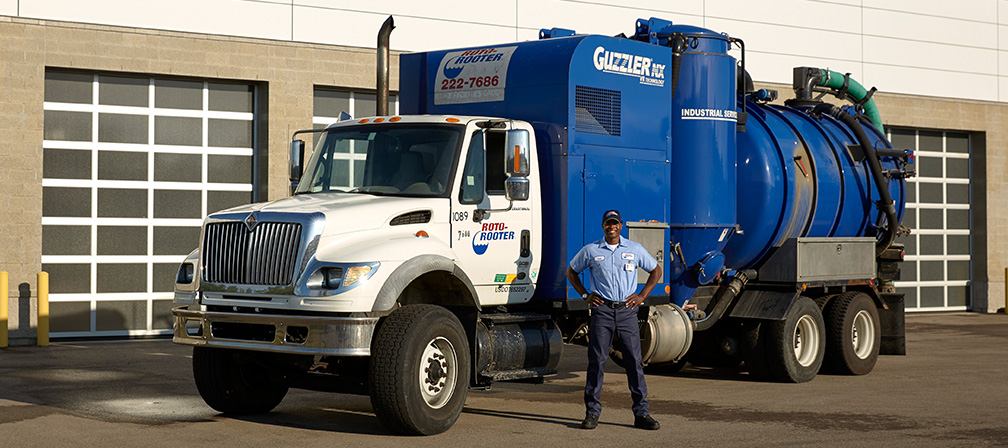
Customer Reviews
Roto-Rooter provided prompt, professional and courteous service, from the first call, to my grease trap problem being solved. The service technician was very informative, professional and a pleasure to talk too. I highly recommend using Roto-Rooter for all your plumbing problems. Nevin P
My service went extremely well for my grease trap issue. As a customer I will always recommend Roto-Rooter. I had the best professional service ever from the company. Thank you very much. Abraham H
The technicians were just excellent. Incredible grease trap service. Hope I don't need your services again soon but if I do I will surely contact Roto-Rooter. Malia F

LEAVE PLUMBING TO THE PROS
BECAUSE WITH ROTO-ROOTER, YOU GET MORE THAN A GUARANTEE.
- REPUTATION
Highly-trained professionals since 1935. A job done right by the original experts.
- TRANSPARENCY
Free onsite estimates. No hidden or extra charges for plumbing or drain service on holidays, nights, and weekends.
- EFFICIENCY
Same-day and emergency service 365 days a year.
- QUALITY
Full-service plumbing, drain cleaning, and water cleanup – using state-of-the-art diagnostics and equipment.
- FINANCING
Get it fixed today and take time to pay. Special financing options available.
